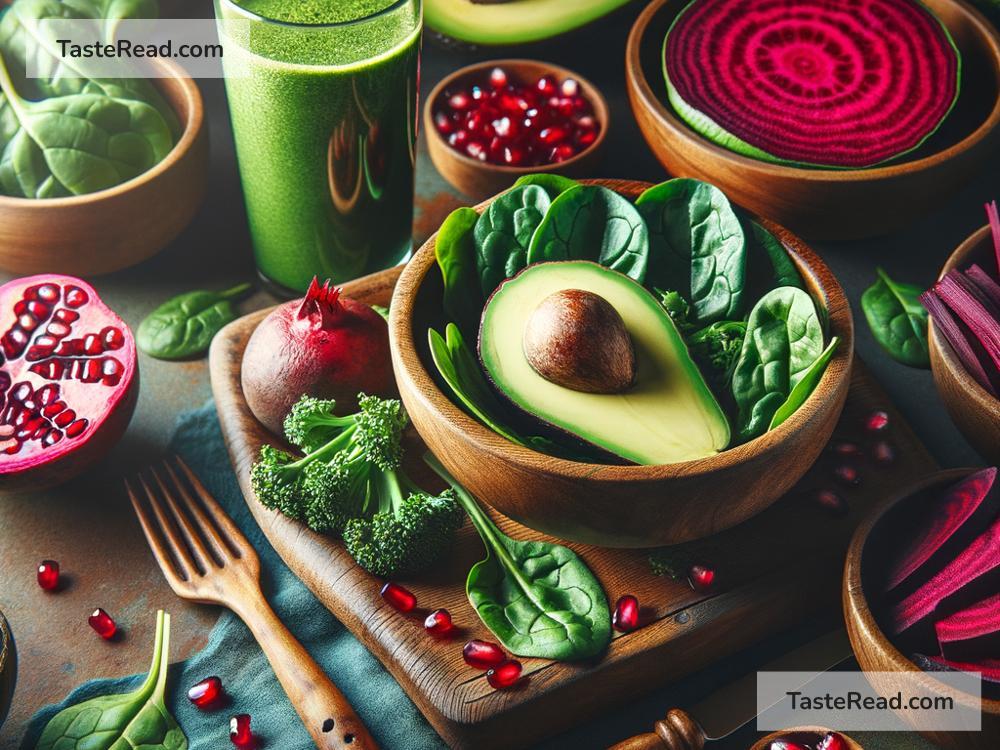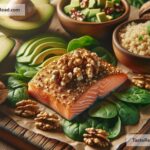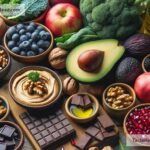Foods That Enhance Blood Oxygenation
Oxygen is essential for life. It’s the fuel our cells use to produce energy. Your blood carries oxygen to every part of your body, helping organs and tissues function effectively. But did you know that certain foods can improve how well your body transports oxygen? Yes, what you eat can play a big role in improving blood oxygenation! In this article, we’ll explore foods that can enhance blood oxygen levels in simple and easy-to-understand terms.
Why Is Blood Oxygenation Important?
Blood oxygenation refers to the amount of oxygen available in your bloodstream for your body to use. When your blood oxygen levels are optimal, you feel energized, your brain works better, and your organs perform efficiently. On the other hand, low oxygen levels can make you feel tired, dizzy, or short of breath. Over time, poor blood oxygenation may lead to serious health problems like organ damage.
The good news is that eating the right foods can help boost oxygen levels naturally. These foods work by improving circulation, increasing red blood cell production, and maximizing oxygen delivery to your body’s cells.
Top Foods to Improve Blood Oxygenation
Here’s a list of foods that can enhance blood oxygenation and keep you healthy:
1. Leafy Green Vegetables
Leafy greens are a superstar when it comes to boosting blood oxygen. Spinach, kale, Swiss chard, and other greens are packed with iron and chlorophyll. Iron helps create hemoglobin, a protein in red blood cells responsible for carrying oxygen throughout your body. Chlorophyll—a green pigment found in plants—is believed to improve oxygen delivery by supporting red blood cells.
Quick tip: Toss some spinach in your smoothie or enjoy a kale salad for a nourishing, oxygen-boosting meal.
2. Beets
Beets are another fantastic food for improving blood oxygen levels. They contain nitrates, which convert to nitric oxide in your body. Nitric oxide relaxes blood vessels, improving circulation and oxygen transport. Athletes often consume beet juice to enhance endurance and performance because of its oxygenation benefits.
Quick tip: Add roasted beets to your dinner or blend them into a juice for a bright, health-enhancing boost.
3. Citrus Fruits
Oranges, lemons, grapefruits, and other citrus fruits are loaded with vitamin C. This vitamin plays a key role in improving blood flow and oxygen transport. Vitamin C also helps your body absorb iron—an essential mineral for creating oxygen-carrying red blood cells.
Quick tip: Start your day with a glass of fresh orange juice or snack on a grapefruit for an easy oxygen boost.
4. Watermelon
Watermelon does more than keep you hydrated—it’s also rich in an antioxidant called lycopene. Lycopene supports heart health and improves blood circulation, ensuring that oxygen is efficiently transported to your cells. On top of that, its high water content helps your blood stay fluid for better oxygen delivery.
Quick tip: Enjoy watermelon as a refreshing snack or blend it into a smoothie.
5. Nuts and Seeds
Certain nuts and seeds, like almonds, walnuts, pumpkin seeds, and chia seeds, are packed with magnesium. Magnesium not only supports healthy circulation but also helps your muscles utilize oxygen efficiently. These power-packed snacks are great for keeping your oxygen levels optimal.
Quick tip: Snack on a handful of nuts or sprinkle seeds over your oatmeal or salad.
6. Fatty Fish
Fatty fish such as salmon, mackerel, and tuna are rich in omega-3 fatty acids. These healthy fats boost circulation and reduce inflammation, improving how your blood carries oxygen. Omega-3s also support heart health, ensuring that your cardiovascular system functions properly.
Quick tip: Grill some salmon for dinner or add tuna to your sandwich for a dose of healthy fats.
7. Whole Grains
Foods like oats, brown rice, quinoa, and whole-wheat bread contain essential nutrients like iron and magnesium, which contribute to efficient oxygen transport. Whole grains also provide long-lasting energy, which helps cells function more effectively.
Quick tip: Swap processed white bread for whole-grain bread in your meals for better oxygenation.
8. Berries
Berries such as strawberries, blueberries, raspberries, and blackberries are antioxidant-rich superfoods. Antioxidants reduce oxidative stress, improving blood flow and oxygen efficiency. They also contain vitamin C and other nutrients that support circulation.
Quick tip: Mix a handful of berries into yogurt or scatter them over your breakfast cereal.
9. Dark Chocolate
If you’re a chocolate lover, here’s good news: dark chocolate contains flavonoids, which are compounds that improve blood circulation and oxygen transport. However, moderation is key—stick to a square or two of dark chocolate for a heart-healthy treat.
Quick tip: Choose dark chocolate with at least 70% cocoa for maximum benefits.
10. Water
While not technically a food, water is perhaps the most vital substance for maintaining optimal oxygen levels. Staying hydrated helps your blood flow efficiently and ensures oxygen reaches your tissues. Dehydration, on the other hand, can lead to sluggish circulation and lower oxygen levels.
Quick tip: Set reminders to drink water throughout the day to stay hydrated.
Conclusion
Improving blood oxygenation doesn’t require fancy supplements or complex diets. Simply incorporating oxygen-promoting foods into your daily meals can make a big difference. Leafy greens, beets, citrus fruits, fatty fish, and nuts are just a few of the many options. Combine them with good hydration and regular exercise to help your body transport oxygen efficiently and keep you feeling your best.
Next time you’re planning your meals, think about the foods that can help your body breathe better! Small changes can lead to big health benefits, so start adding these oxygen-boosting foods to your plate today. Your body—and your blood—will thank you!


